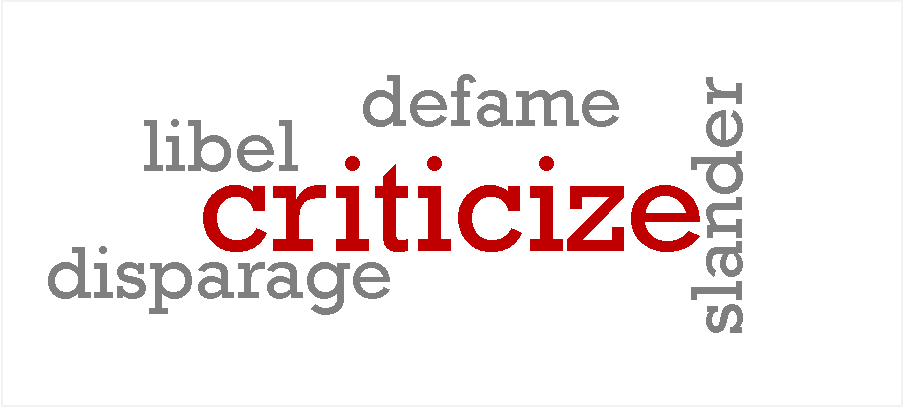No-disparaging provisions are found in employment agreements, separation agreements, settlement agreements, even end-user license agreements. But there’s a problem with no-disparaging provisions. …
The rest of this post is on the LegalSifter blog. To read it, go here.


That’s a really brass-knuckle way of addressing the issue. It would never survive scrutiny if I–or any other competent transactional lawyer–were representing the employee. And if, as you say, hedging it about, say by relating it to falsehood, makes it superfluous, then I don’t see much of a future for it except in cases where the employee was unrepresented, which raises issues of its own with respect to enforceability.
I’m fine with my version falling by the wayside if it prompts people to think more about what they’re asking for with disparage.
I understand your analysis, and it seems sound when it comes to the inherent ambiguity of “disparage.” What puzzles me, though, is how any clause such as you created advances the argument over the existing duties of an employee under agency law. Shouldn’t *that* be the measure of whether an employer has a legitimate beef?
It’s perhaps my fault for using Employee as the defined term. I have in mind that this provision would apply at the parting of ways, in employment and other contexts.
Here’s my pass at the provision:
‘The Employee shall not say anything critical of the Company to anyone, orally or otherwise.
‘A statement need not be false, but only negative, to be critical.
‘In this section X, “Company” includes the Company, its agents, business, contractors, customers, directors, employees, officers, and shareholders, whether past or present at the point of any critical statement.
‘This section X waives no right not waivable by agreement and prohibits no disclosure required by law.’ (74 words.)
It’s no great improvement on your version, but the following thoughts guided me:
1/ Use defined terms to keep key sentences bald.
2/ Put lists in alphabetical order unless there’s reason not to.
3/ Enlarge the set of protected persons by adding (a) agents, contractors, and directors, and (b) those existing before the point of the critical statement, not just those existing at that point.
4/ Clarify what ‘then-current’ means (at the point of the critical statement).
5/ Make explicit that criticism need not be false to be a breach, to head off the predictable defense that ‘I wasn’t criticizing, I was just stating verifiable fact: the CEO is a serial harasser and a liar’.
Vance Koven is right that the provision is brass knuckles in an employment context, but you are right that it may not be so in other contexts. Perhaps you should substitute ‘Muzzlee’ for ‘Employee’ in your model provision.
I think the deal whereby Hollywood got the rights from the J.R.R. Tolkien estate to film ‘The Lord of the Rings’ provided that the heirs would not go on about how the movies didn’t conform to the late author’s vision of Middle Earth and the War of the Ring. So the provision has legitimate, non-oppressive uses.
Why don’t you review and criticize the Stormy Daniels shut-gob agreement? You help Google and such with their form agreements, why not randy billionaires?